IDRAQ
An educational program based on the provision of accelerated and compensatory education services to address the problem of uneven levels of education among students, which often result in a large drop-out rate. The aim is to successfully integrate them into the teaching process according to the class they are enrolled in, thereby avoiding the risk that they drop out.
Need for the program
The presence of a wide range of students who have been out of school for two years or more makes it difficult to attend school for many children because of the significant difference in the level of education between them and their colleagues. Because learning losses are not compensated when they first re-start school to place them on equal level with their classmates, they become very vulnerable to repeated interruptions to their education.
Target Group
Children and youth between the ages of 8 and 12 attending school with a poor level of learning relative to their age group write and calculate sufficiently
Children and youth between the ages of 9 and 11 who attend school and previously dropped out for one or two years.
Program Objectives
Program Implementation Areas:
Educational centers and schools in remote areas
Raising the educational level of students in school who are at risk of dropping out because of their different learning levels.
Re-integrating pupils who have been out of school for two years to ensure students' continuity of learning.
Monitoring and evaluating cases for children with special needs and working to integrate them into the teaching process.
Helping individuals recover and enhancing their ability to return to normal after living traumatic events.
Methods of Achieving Goals
1.
Accelerated courses for students who dropped out of school for one or two years, at the end of which the student can attend school.
2.
Support and compensatory education courses for students attending school to help students overcome the difficulties and obstacles they face in school.
3.
Strengthening courses for children in school in subjects they are experiencing difficulties.
4.
Providing psychosocial support activities in the form of customized activities or combining them with educational classes.
5.
Introducing e-learning methods and providing self-education activities with follow-up by teachers.
A place to make a difference

Adresse:
c/o MACHWERK (in der Alten Münze)
Am Krögel 2
10179 Berlin
Bank Informationen:
GLS-Bank
Abjad Initiative für Bildung e.V.
IBAN: DE05 4306 0967 1286 3639 00
BIC: GENODEM1GLS
Information
Copyright 2022 by Abjad Initiative. All Rights Reserved.


